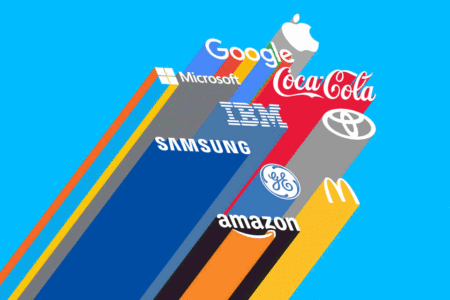Two decades after M-Pesa launched, the continent stands poised for its next major digital transformation. According to a new report from Mastercard, Africa’s artificial intelligence market is set to nearly quadruple to $16.5 billion by 2030.
The report reveals a continent at an inflection point, where proven success in financial technology is creating foundations for AI deployment across agriculture, healthcare, and education. The projected 27.4% annual growth rate in Africa’s artificial intelligence market size outpaces most global markets, driven by what the report calls a “unique demographic and economic landscape.”
“Africa is not just participating in digital finance — it’s leading,” said Greg Ulrich, Mastercard’s chief AI and data officer, pointing to Kenya’s M-Pesa and Nigeria’s rapidly expanding fintech sector as examples of homegrown innovation that could provide a template for AI adoption across other industries.
His optimism is grounded in tangible progress. Venture capital investment in AI-focused start-ups in South Africa reached $610 million in 2023, while their Nigerian counterparts secured ~$220 million despite global funding headwinds. And in East Africa, the Kenyan government became the continent’s first and sole member of the International Network of AI Safety Institutes, signaling serious intent to shape global AI governance.
Yet formidable obstacles remain. With internet penetration below 50% across much of the continent and data center capacity concentrated overwhelmingly in South Africa, the infrastructure deficit remains acute. Less than 1% of global colocation data center capacity is in Africa, with two-thirds of that in South Africa alone, the report notes.
Another challenge is the continent’s linguistic complexity. With up to 2,000 languages spoken across the continent, developing inclusive AI systems requires unprecedented localization efforts. The recent launch of an AI assistant supporting Swahili, Hausa, Yoruba, Xhosa, and Zulu by Kenyan maternal health platform Jacaranda Health is an example of progress, but the universe of needed language coverage is vast.
The talent paradox is another critical theme. “Talent is abundant; opportunities are scarce,” Dr. Uyi Stewart, Vice President of Inclusive Innovation & Analytics at Mastercard, told researchers, highlighting how limited funding and infrastructure constrain Africa’s young, technically capable population from contributing to AI development.
For those who do contribute, financial inclusion remains the most immediate opportunity. The report notes the segment of 400+ million financially underserved individuals in sub-Saharan Africa alone, fertile ground for AI-powered credit scoring and risk assessment models to offer pathways to credit access that bypass traditional credit history requirements. Kenya’s Tala and Ghana’s Jumo are already demonstrating this potential, using mobile phone data to assess creditworthiness of millions of consumers across the continent.
The agriculture sector, which employs 60% of Africa’s workforce, presents another compelling use case. Darli AI, the multilingual, WhatsApp-accessible AI chatbot launched by Ghanaian agtech platform Farmerline in March 2024 has already reached over 100,000 farmers with real-time advice on crop management and weather patterns — a promising early indication of AI’s ability to address food insecurity and lessen the continent’s $35 billion annual food import bill.
But as global tech giants increase their African presence (e.g., Google recently committed $1 billion to digital transformation initiatives), the question becomes whether the continent can maintain ownership of its AI development trajectory. The report’s emphasis on “homegrown innovation” and local talent development suggests this tension may well define Africa’s digital future.
The first test will come quickly: whether the deployment of 3,000 GPUs — the continent’s first major AI computing infrastructure in ‘Africa’s first AI factory’ — will truly catalyze local innovation.
For Mastercard and other global financial services firms, the opportunity is clear: a young, rapidly digitizing population of over 1.5 billion people increasingly comfortable with mobile technology. But success will require more than transplanting Western models. It demands understanding and building for African realities — from unreliable electricity to linguistic diversity to innovative payment behaviors.
The next five years will likely determine whether Africa’s AI revolution follows the path of mobile money — locally driven, globally significant — or becomes another iteration of technological dependency. Current momentum suggests the former, but only if infrastructure investment and regulatory coordination can keep pace with entrepreneurial energy.




Share: